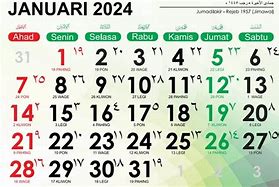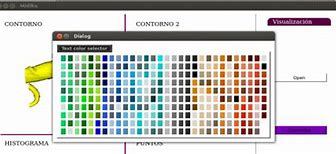
Dari cm ke kaki (ft):
Untuk mengkonversi cm ke kaki, bagi jumlah cm dengan 30,48.
Contoh: 100 cm = 100/30,48 = 3,28 ft
Conversion formula of m to cm
Here are the various method()s and formula(s) to calculate or make the conversion of m in cm. Either you prefer to make multiplication or division, you will find the right mathematical procedures and examples.
Number of metre multiply(x) by 100, equal(=): Number of centimetre
Number of metre divided(/) by 0.01, equal(=): Number of centimetre
Dari cm ke yard (yd):
Untuk mengkonversi cm ke yard, bagi jumlah cm dengan 91,44.
Contoh: 200 cm = 200/91,44 = 2,18 yd
Meter to Centimeter Conversion Table
Dari cm ke inci (in):
Untuk mengkonversi cm ke inci, bagi jumlah cm dengan 2,54.
Contoh: 10 cm = 10/2,54 = 3,94 in
Popular Length Unit Conversions
Linear unit of measurement
We use this length unit in different situations such as distance calculation, length, width, height, depth and more.
The unit metre is part of the international metric system which advocates the use of decimals in the calculation of unit fractions.
Dari cm ke mil (mil):
Untuk mengkonversi cm ke mil, bagi jumlah cm dengan 160.934,4.
Contoh: 50.000 cm = 50.000/160.934,4 = 0,31 mil
Harap dicatat bahwa ini hanya konversi umum dan faktor konversi dapat sedikit berbeda tergantung pada presisi yang Anda inginkan.
Yuk, beri rating untuk berterima kasih pada penjawab soal!
Please provide values below to convert meter [m] to centimeter [cm], or vice versa.
Definition: A meter, or metre (symbol: m), is the base unit of length and distance in the International System of Units (SI). The meter is defined as the distance traveled by light in 1/299 792 458 of a second. This definition was slightly modified in 2019 to reflect changes in the definition of the second.
History/origin: Originally, in 1793, the meter was defined as one ten-millionth of the distance from the equator to the North Pole. This changed in 1889, when the International prototype metre was established as the length of a prototype meter bar (made of an alloy of 90% platinum and 10% iridium) measured at the melting point of ice. In 1960, the meter was again redefined, this time in terms of a certain number of wavelengths of a certain emission line of krypton-86. The current definition of the meter is effectively the same as the definition that was adopted in 1983, with slight modifications due to the change in definition of the second.
Current use: Being the SI unit of length, the meter is used worldwide in many applications such as measuring distance, height, length, width, etc. The United States is one notable exception in that it largely uses US customary units such as yards, inches, feet, and miles instead of meters in everyday use.
Definition: A centimeter (symbol: cm) is a unit of length in the International System of Units (SI), the current form of the metric system. It is defined as 1/100 meters.
History/origin: A centimeter is based on the SI unit meter, and as the prefix "centi" indicates, is equal to one hundredth of a meter. Metric prefixes range from factors of 10-18 to 1018 based on a decimal system, with the base (in this case the meter) having no prefix and having a factor of 1. Learning some of the more commonly used metric prefixes, such as kilo-, mega-, giga-, tera-, centi-, milli-, micro-, and nano-, can be helpful for quickly navigating metric units.
Current use: The centimeter, like the meter, is used in all sorts of applications worldwide (in countries that have undergone metrication) in instances where a smaller denomination of the meter is required. Height is commonly measured in centimeters outside of countries like the United States.
Year of adoption of centimetre
How to Convert Meter to Centimeter
1 m = 100 cm1 cm = 0.01 m
Example: convert 15 m to cm:15 m = 15 × 100 cm = 1500 cm























